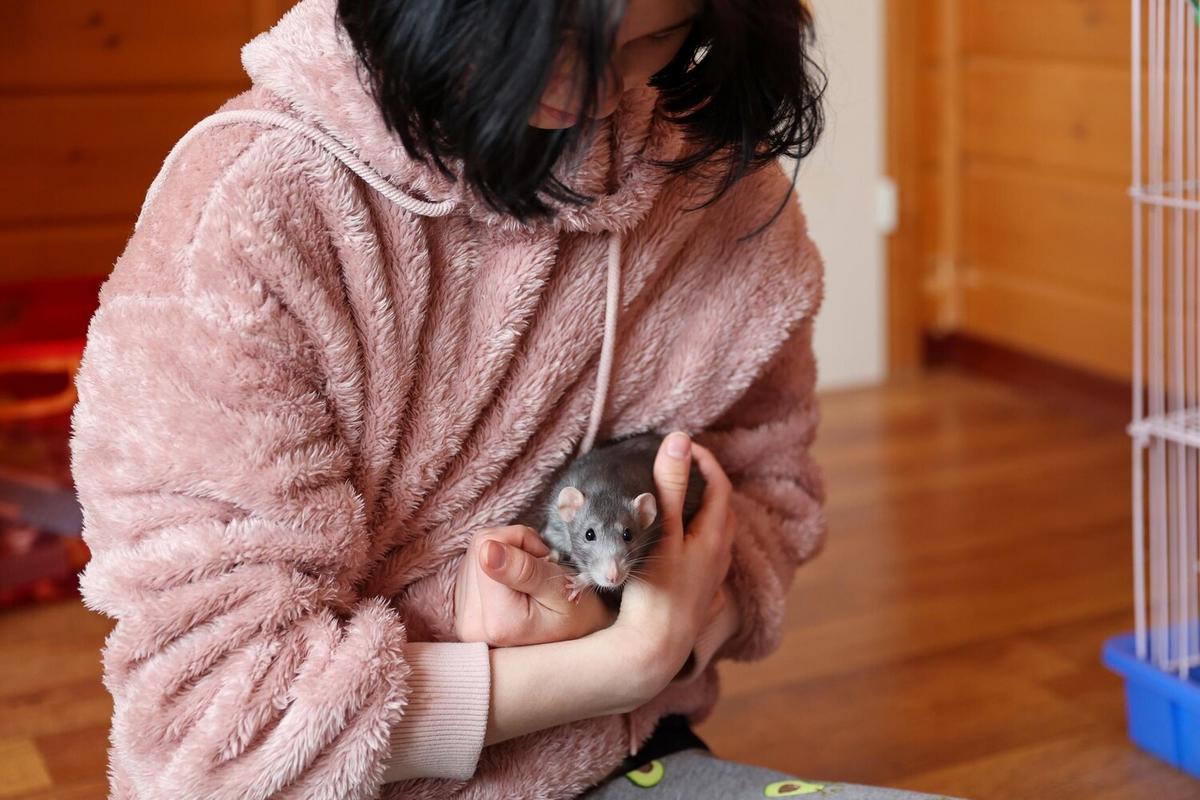
Successfully Rehabilitating Injured Wildlife: A Case Study
Rehabilitating injured wildlife is a crucial aspect of wildlife conservation, offering a lifeline to animals in distress and ensuring the preservation of biodiversity. This case study delves into the successful rehabilitation of injured wildlife, providing insights and practical advice for those passionate about animal welfare.
Wildlife rehabilitation involves the process of caring for injured, sick, or orphaned wild animals with the goal of releasing them back into their natural habitats. It’s a complex blend of veterinary medicine, ecology, and compassion. According to the Wildlife Rehabilitation Center, every year, thousands of animals are saved through such efforts, highlighting the importance and impact of rehabilitation programs.
Insights from Experts
Dr. Emily Richards, a renowned wildlife veterinarian, emphasizes the importance of a tailored approach. “Each species and individual animal has specific needs,” she notes. This sentiment is echoed by the International Wildlife Rehabilitation Council, which states that understanding the natural history of the animal is crucial for effective rehabilitation.
Statistics and Research
A study published in the Journal of Wildlife Management found that rehabilitation success rates can exceed 70% when best practices are followed. This research underscores the potential for positive outcomes with proper care and expertise.
A Personal Journey
Consider the story of Mike, a dedicated wildlife rehabilitator, who once cared for a severely injured hawk. Through weeks of meticulous care, including dietary management and physical therapy, Mike successfully released the bird back into the wild. His story is a testament to the dedication and skill required in this field.
Actionable Tips for Aspiring Rehabilitators
- Education is Key: Enroll in wildlife rehabilitation courses to build foundational knowledge.
- Volunteer: Gain hands-on experience by volunteering at local rehabilitation centers.
- Network: Connect with experienced rehabilitators for guidance and mentorship.
Challenges and Solutions
Rehabilitation is not without challenges. Funding, for instance, is often limited. However, community involvement and public awareness campaigns can help garner support and resources.
| Challenge | Solution |
|---|---|
| Limited funding | Public fundraising and grants |
| Lack of expertise | Training programs and workshops |
| High animal stress | Quiet, stress-free environments |
| Inadequate facilities | Partnerships with local organizations |
| Legal restrictions | Compliance with local wildlife laws |
| Public misconceptions | Educational outreach |
| Volunteer burnout | Supportive volunteer networks |
| Animal disease control | Regular health screenings |
Frequently Asked Questions
What is the primary goal of wildlife rehabilitation?
The primary goal is to release healthy animals back into their natural habitats, ensuring their survival and contributing to ecosystem balance.
How can I become a wildlife rehabilitator?
Start by gaining education in wildlife biology or veterinary science, volunteer at rehabilitation centers, and seek mentorship from established rehabilitators.
Are there legal requirements for wildlife rehabilitation?
Yes, most regions require permits and adherence to specific regulations to ensure the ethical treatment and safety of wildlife.
Conclusion
Rehabilitating injured wildlife is both a rewarding and challenging endeavor that plays a vital role in conservation efforts. By understanding the complexities involved, learning from experts, and becoming actively involved, anyone can contribute to this noble cause. Whether you’re considering becoming a rehabilitator or supporting these efforts in other ways, your involvement can make a significant difference in the lives of countless animals.


